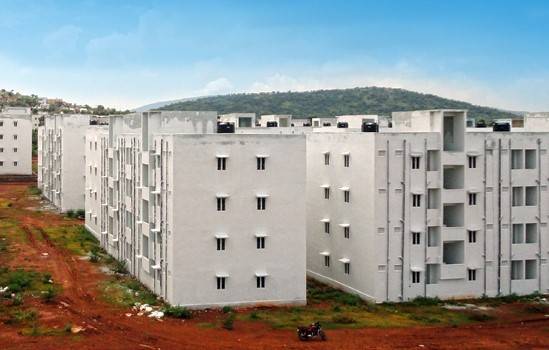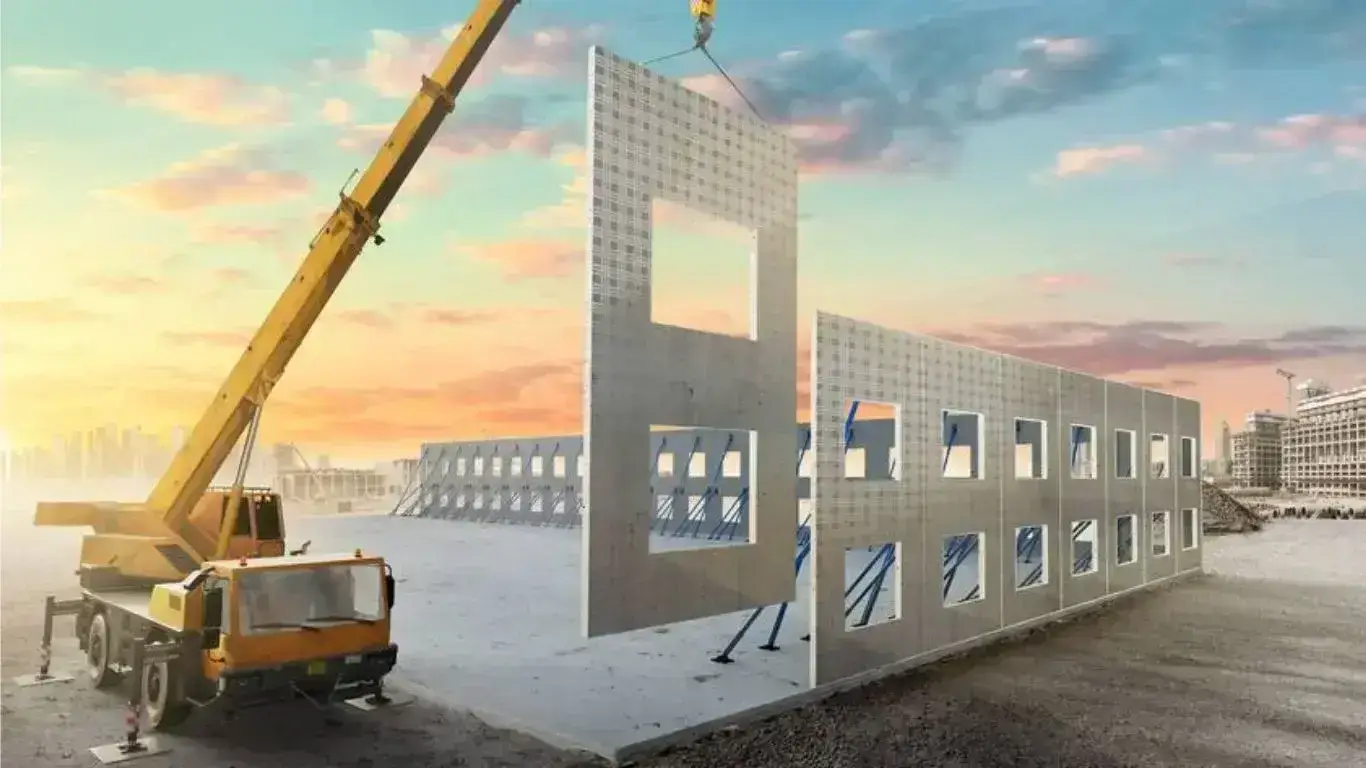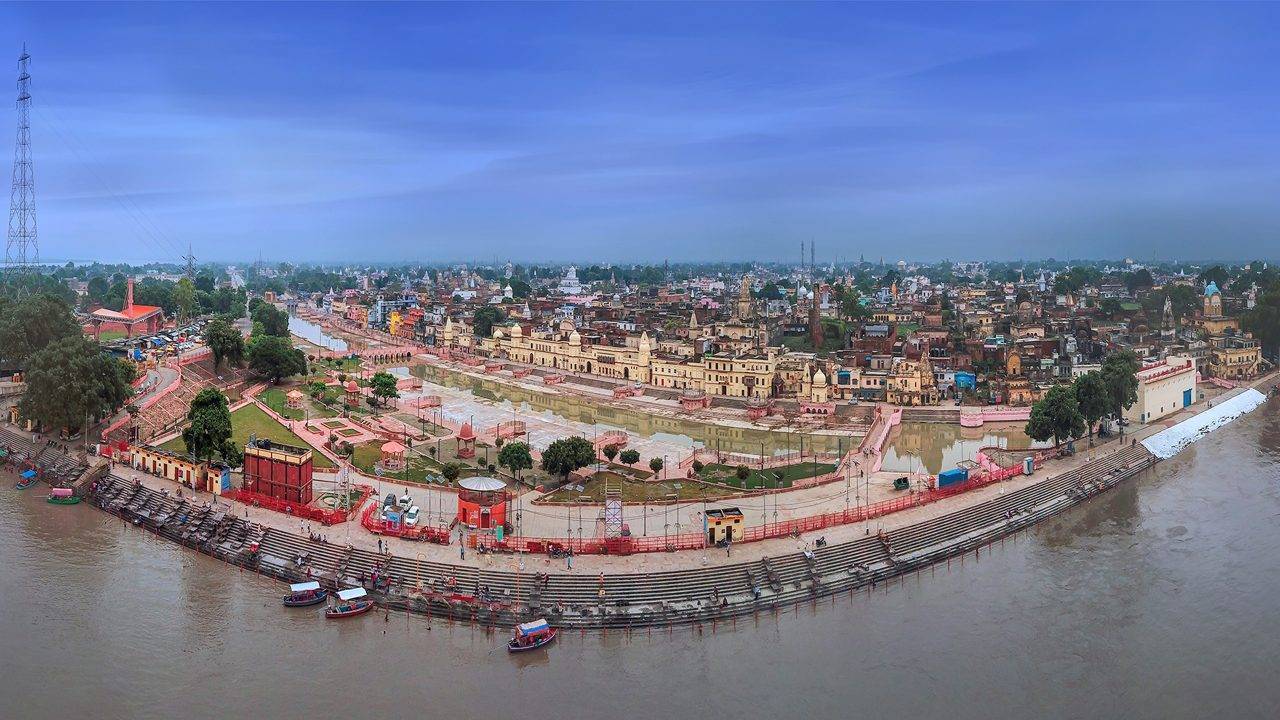The Telangana government has unveiled an ambitious plan to expand its Indiramma Housing Scheme, a significant initiative aimed at providing homes for underprivileged residents across the state. This move comes after a comprehensive review meeting led by Revenue and Housing Minister Ponguleti Srinivas Reddy and Deputy Chief Minister Mallu Bhatti Vikramarka. The meeting emphasised the importance of the scheme and set the stage for a large-scale construction effort designed to meet the housing needs of Telangana's most vulnerable populations.
Increased Budget Allocation Expected
Minister Ponguleti Srinivas Reddy highlighted the central role of the Indiramma Housing Scheme in the government’s policy agenda. He announced that the upcoming budget will see a substantial increase in funds allocated for the scheme, reflecting the government’s commitment to addressing the housing crisis in the state. This decision marks a significant step forward following the scheme’s initial launch earlier this year by Chief Minister Revanth Reddy in Bhadrachalam. However, the implementation of the scheme was delayed due to the Lok Sabha election code of conduct, which restricted large-scale government initiatives during the election period.
With the elections now behind them, the Telangana government is poised to move forward with the Indiramma Housing Scheme’s ambitious goals. The increased budget allocation underscores a strategic focus on resolving the housing deficit through both immediate and long-term efforts.
Large-Scale Construction Planned
The Indiramma Housing Scheme will be rolled out in a phased approach, with a clear roadmap for achieving the project’s objectives. The initial phase aims to construct 4,16,500 houses, with a focus on rapid and efficient delivery. This first phase will see the creation of 3,500 houses per constituency, ensuring that each of Telangana’s 119 constituencies receives attention. Additionally, the government plans to allocate 33,500 houses under a Reserve Quota to accommodate eligible beneficiaries who may be at risk of being overlooked.
This phased approach allows the government to manage the project’s scope and scale effectively. By breaking down the project into smaller, manageable segments, the government can focus on quality control, transparency, and meeting the needs of various communities. The initial phase is designed to address urgent housing demands while laying the groundwork for subsequent phases of the scheme.
Phased Approach with Focus on Eligibility
The government’s plan for the Indiramma Housing Scheme involves a detailed and methodical approach to construction. The phased strategy is not just about breaking the project into manageable parts but also about addressing diverse needs and ensuring inclusivity. The Reserve Quota allocation is a crucial aspect of this approach, designed to guarantee that the most deserving beneficiaries are included in the housing scheme.
By focusing on eligibility and inclusivity, the government aims to ensure that the benefits of the Indiramma Housing Scheme reach a broad segment of the population. The Reserve Quota will help address the needs of marginalized groups, including those who may have been excluded from previous housing initiatives. This focus on fairness and accessibility is a key component of the scheme’s overall strategy.
Focus on Transparency and Efficiency
Minister Reddy has emphasized that transparency and efficiency will be cornerstones of the Indiramma Housing Scheme’s implementation. One of the primary directives is the collection of detailed data on double-bedroom houses constructed under previous administrations over the last decade. This data collection effort aims to provide a comprehensive overview of past projects, including the number of completed houses, the status of ongoing projects, and the beneficiaries of previous schemes.
This emphasis on data collection serves several purposes. It allows the government to assess past achievements and identify areas for improvement. By understanding the successes and challenges of previous initiatives, officials can refine their strategies for the current scheme. Furthermore, this data will be used to ensure that the new projects are conducted transparently, with clear records of progress and outcomes.
Minister Reddy’s focus on efficiency extends beyond data collection. It also includes a commitment to streamlining processes, reducing delays, and ensuring that resources are used effectively. The government aims to avoid the inefficiencies that have plagued past housing projects and to deliver results that meet the needs of Telangana’s residents.
Learning from Other States
Deputy Chief Minister Mallu Bhatti Vikramarka’s directive for housing department officials to study approaches from other states represents a proactive effort to learn from the experiences of others. By visiting states with successful housing programs, Telangana officials will have the opportunity to observe best practices, innovative solutions, and effective strategies for large-scale housing initiatives.
This knowledge-sharing initiative is designed to identify methods that can be adapted to Telangana’s context. It reflects a forward-thinking approach that seeks to build on existing knowledge and experiences to improve the Indiramma Housing Scheme. The lessons learned from other states will inform the design and implementation of the scheme, helping to ensure that it meets its ambitious goals.
Strategic Goals and Expected Outcomes
The Indiramma Housing Scheme’s strategic goals are multifaceted. At its core, the scheme aims to address the urgent housing needs of Telangana’s underprivileged residents. By committing to the construction of 22.5 lakh houses over the next five years, the government is addressing a significant issue that affects many of the state’s most vulnerable populations.
Beyond the immediate goal of increasing the housing stock, the scheme is also designed to set a benchmark for future public welfare projects. The government’s approach to the Indiramma Housing Scheme includes a strong emphasis on transparency, efficiency, and inclusivity. By achieving these goals, the scheme has the potential to serve as a model for other states and regions undertaking similar initiatives.
The expected outcomes of the scheme include not only the construction of new houses but also improvements in the overall quality of life for beneficiaries. The focus on transparent processes and best practices aims to ensure that the benefits of the scheme are realized effectively and equitably. The government’s commitment to these principles reflects a broader vision for public welfare and social justice.
Conclusion
The Telangana government’s ambitious plan for the Indiramma Housing Scheme represents a significant effort to address the housing needs of the state’s underprivileged residents. With a substantial increase in budget allocation, a phased construction approach, and a strong emphasis on transparency and efficiency, the government is setting a high standard for public welfare initiatives.
Image source- tshousing.cgg.gov.in









.png)